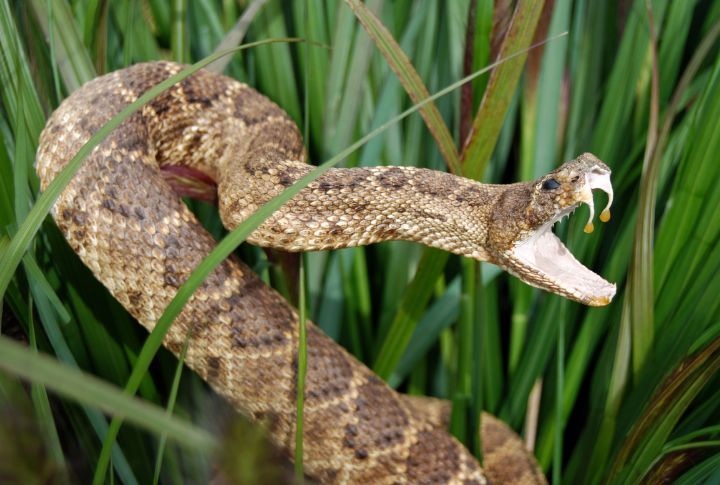
The rattlesnake is undoubtedly one of the deadliest venomous snake species. With their ability to sense heat, lightning-fast strikes, and dangerous cytotoxic venoms, even an accidental encounter with a rattlesnake can prove life-threatening. That’s why prior knowledge about these creatures is paramount. Read through to learn about the intricate composition of rattlesnake venom, its effects on the human body, and the cutting-edge medical treatments that can mean the difference between life and death.
Where the Rattlers Lurk

While many people associate rattlesnakes only with the hot, arid deserts of the American Southwest, these venomous vipers inhabit a surprisingly wide range of habitats across the Americas. In the United States, they’re found throughout the western states from California to Texas and as far east as Arkansas and Oklahoma. They can also be found in the tropical rainforests of Mexico and Central America, as well as the highlands and lowlands of South America, all the way down to Argentina.
The Complex Composition of Venom
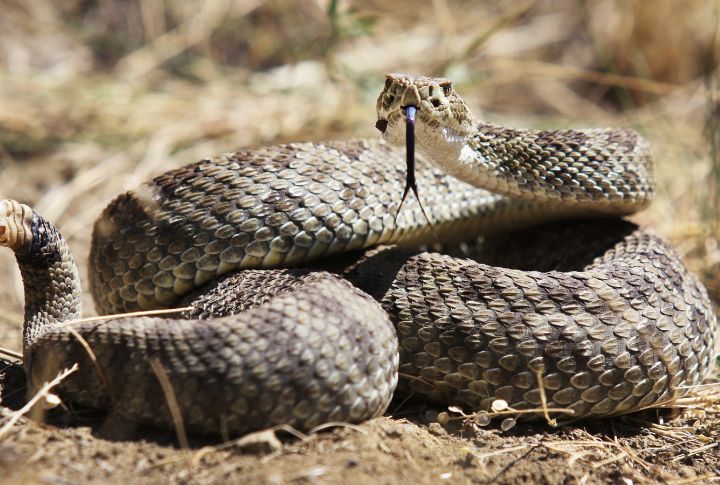
You’d never guess it, but that single drop of venom packs quite the punch! It’s like a tiny toxic symphony, with dozens of protein molecules playing together to take down prey. The heavy hitters are the neurotoxins that mess with your nerve signals and make breathing hard. Then you’ve got the hemorrhagic proteins that rupture blood vessels and cause massive bleeding. It’s a complex blend perfected over millions of years of evolution.
When the Snake Strikes
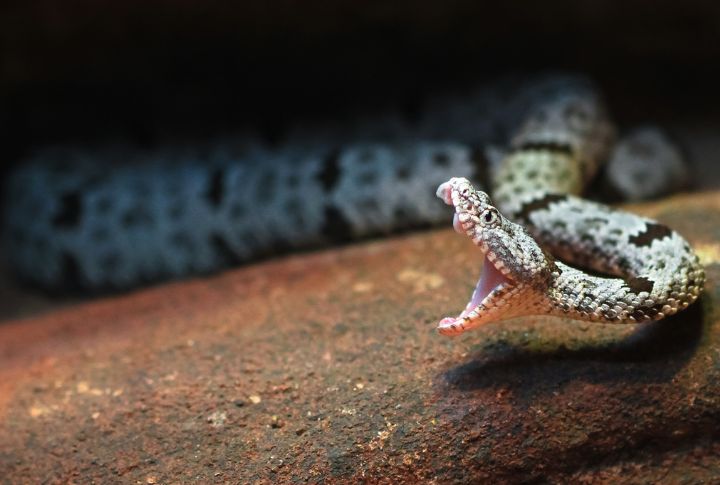
Imagine the pain of being stabbed by two needles — that’s what a rattlesnake bite feels like as those fangs puncture your flesh. And that’s just the start of the venom’s wrath. Within minutes, the bitten area swells up with bruises and discoloration. You might start feeling nauseous and weak, making it hard to stay upright. In severe cases, the venom can cause internal bleeding, respiratory failure, and even paralysis. It’s a race against the clock to get medical help before the bite turns deadly.
No Two Bites Are Alike

You’d think all rattlesnake venom would have the same effect, but that’s not true. The toxins can vary between different species and even individual snakes. Their diet, age, and environment influence the venom’s precise recipe. One bite might be loaded with neurotoxins to paralyze prey, while another might unleash a hemorrhagic attack to bleed victims dry. Doctors treating bites must adapt their approach to whatever toxic concoction the snake has brewed up.
Race Against the Venom
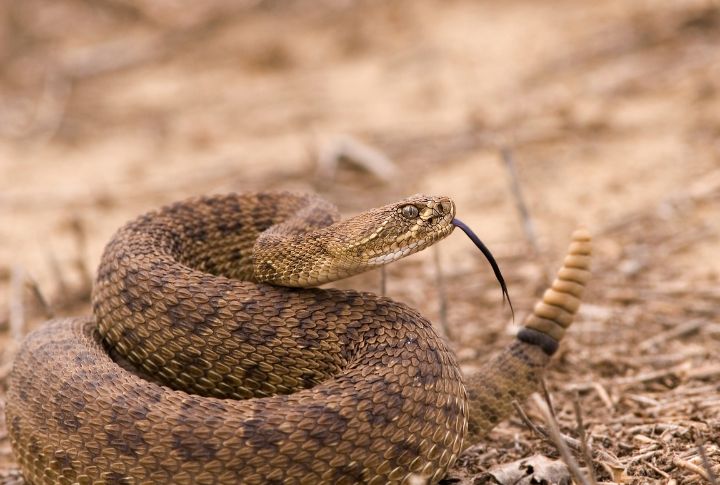
When a rattlesnake bites you, the clock starts ticking immediately. Their venom is a deadly weapon, shredding cells and crippling vital systems with each passing second. The only way to stop this is with antivenom, a life-saving serum made from the venom of the same or closely related snake species. It binds itself to the venom’s molecules, neutralizing them before they can cause further damage. But getting that antivenom on board fast is crucial.
More on the Symptoms

As the venom circulates, victims may experience disturbing tissue damage and disfiguring necrosis around the area as enzymes rapidly break down cells. Internal bleeding can cause bruising, bloody urine, bloody vomit, and even cerebral hemorrhages in severe cases. The neurotoxins disrupt vital nerve signals, potentially leading to numbness, double vision, difficulty speaking and swallowing, and, in the worst cases, paralysis and respiratory failure requiring intubation.
Side Effects From a Brush with Death

Even with medical treatment, the physical and psychological trauma can leave lasting scars. Some suffer tissue loss or even amputations at the bite location. Post-traumatic stress, anxiety, and depression are also common long-term effects for victims. The full destructive force a rattlesnake can wreak is a powerful reminder of the importance of antivenom and preventive measures for outdoor people.
Strike First Response

Getting struck by a venomous rattlesnake is every outdoors person’s nightmare. But if the unthinkable happens, immediate action can save your life. First, remain calm. Panicking will only accelerate your heart rate and cause the venom to spread faster. Next, remove any restrictive jewelry or clothing from the bite area, as it will quickly swell. Then get somewhere safe and call emergency services immediately, providing your location and a description of the snake to help them prepare the correct antivenom.
Acting Fast After a Rattle’s Bite
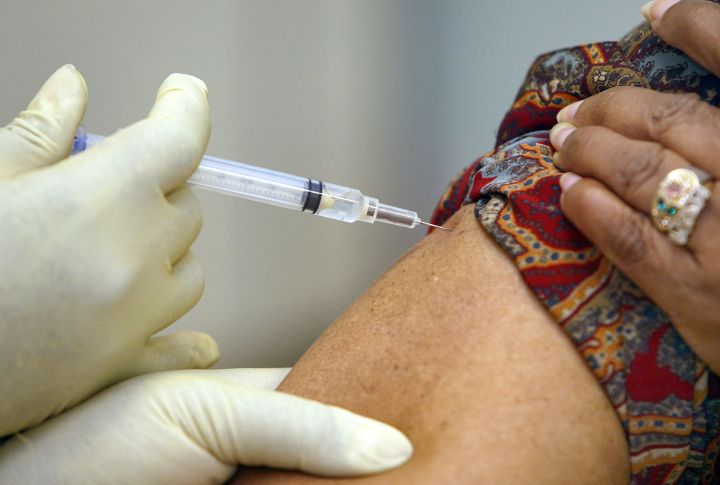
Keep the bite area below heart level to restrict venom flow and avoid any strenuous activity that could pump it through your system quickly. Don’t suck out the venom or use ice, as these can do more harm than good. The priority is getting professional medical treatment with antivenom as soon as possible, preferably within half an hour. Every second counts when rattlesnake venom takes hold, so act quickly but stay level-headed. With prompt care, even the mightiest viper’s bite can be survived.
Antivenom’s Side Effects

While antivenom is a life-saving treatment for rattlesnake bites, the venom and the serum can unleash their side effects. Receiving antivenom itself carries risks, too. Since it’s derived from antibodies to the snake’s venom proteins, it can trigger severe allergic reactions. Symptoms like fever, rash, joint pain, and malaise affect up to 50% of patients a week or two after treatment as their bodies mount an immune response.
Innovations Beyond Antivenom

While antivenom is still the go-to treatment for rattle bites, scientists are unsatisfied and still looking for more. They’re constantly searching for new ways to counteract these venomous bites. These include medications that target specific toxins and advanced wound care techniques. One exciting area of research is synthetic antivenoms, which could prevent issues like allergic reactions. As we unlock more venom secrets, our ability to neutralize its effects grows stronger.
Coexisting with Caution
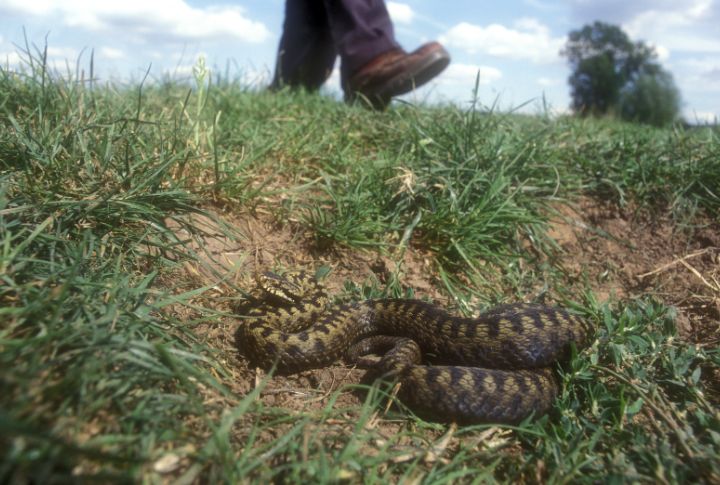
While the sight of a rattlesnake can induce heart-pounding panic, the reality is that they want nothing to do with us. They’re not actively hunting humans — we’re far too big to make a satisfying meal. Rattlers will generally only strike if they feel threatened or accidentally stumbled upon. So keep your eyes peeled, and don’t try to handle or harass them if you spot one. Rattlesnakes want to be left alone to do their serpentine thing. We can share the great outdoors without venomous incidents, without stepping on or cornering them.
Preventive Measures: The Ultimate Victory

The best way to win against a rattlesnake is to avoid getting bitten in the first place. When hiking or camping in rattler territory, take some basic precautions: wear boots and loose pants to protect your legs, stick to trails, and watch every step. Use a flashlight at night and be extra cautious around rock outcroppings or wood piles where they love to curl up. A little preparation and situational awareness is your best defense.
The Serpent’s Deadly Arsenal
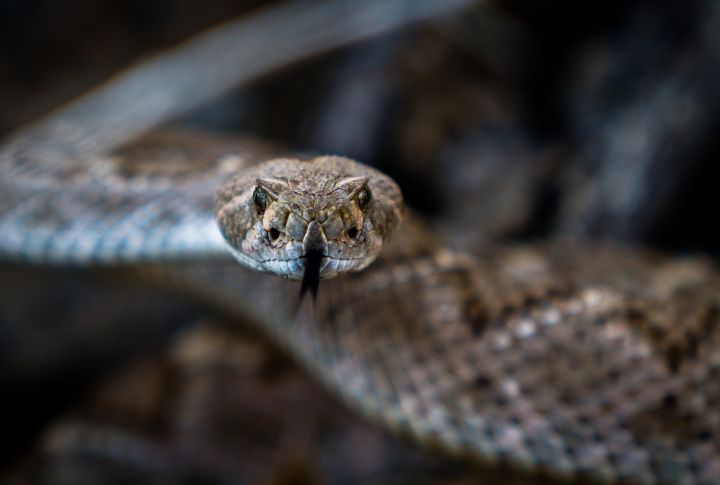
Rattlesnakes are the complete package when it comes to deadly weapons. Those hollow fangs are like hypodermic needles, plunging the venom deep into their victim’s flesh. But what sets them apart is that iconic rattle at the end of their tail. It comprises dried skin segments that vibrate together, creating that unmistakable bone-chilling buzz. This built-in warning system lets potential prey know they’ve stumbled into the snake’s strike zone.
From Danger to Healing

As terrifying as rattlesnake venom is, it might also hold the keys to some remarkable medical breakthroughs. Scientists are investigating ways to harness the potent molecules in venom, such as painkillers, blood thinners, and even weapons against cancer. The same toxins that can bring agony and death might one day alleviate human suffering on a massive scale. It’s a crazy paradox — these serpents’ biological arsenal could be turned from an instrument of destruction into an elite force of healing.

Comments
Loading…